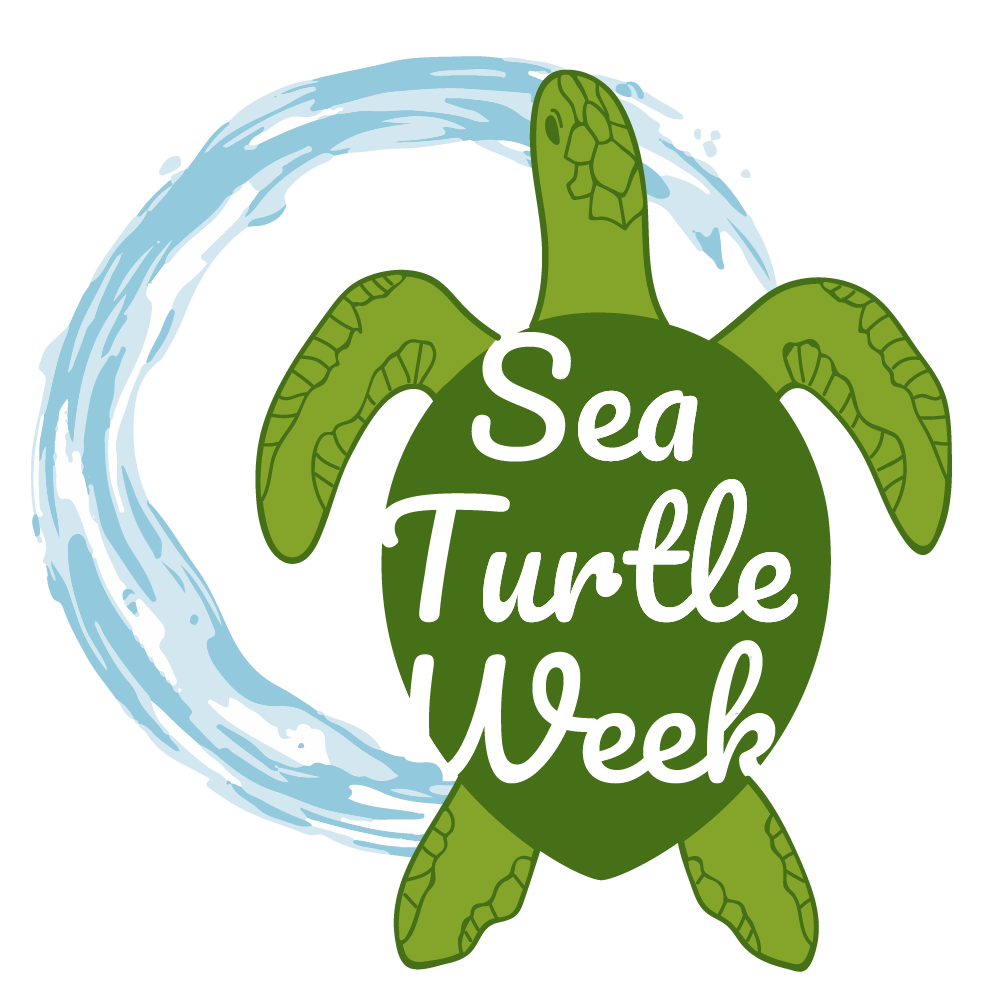Lesson Plans
6-8th Grade
Our “Sea Turtle Food Webs” lesson will introduce students to the basics of food webs. Students will utilize research skills to develop a food web for one of 7 sea turtle species and will analyze the interconnectedness of various species.
National Education Standards Fulfilled:
MS-LS1-6: Construct a scientific explanation based on evidence for the role of photosynthesis in the cycling of matter and flow of energy into and out of organisms.
MS-LS2-3: Develop a model to describe the cycling of matter and flow of energy among living and nonliving parts of an ecosystem.
Our “Sea Turtle and Plastics” lesson explores the global issue of plastic in our oceans which poses a serious threat to sea turtles. This lesson will introduce to the ways in which plastic enters our environment and how this impacts wildlife. Students will then examine plastic used in their school community and identify potential areas to reduce plastic consumption.
National Education Standards Fulfilled:
MS-ETS1-1: Define the criteria and constraints of a design problem with sufficient precision to ensure a successful solution, taking into account relevant scientific principles and potential impacts on people and the natural environment that may limit possible solutions.
Our “Get to Know Sea Turtles” lesson will introduce students to the basic information about the 7 species of sea turtles. The main goal of this lesson is for students to learn about sea turtles in enough detail to differentiate between the species. Students will research the general characteristics, size, habitat, nesting habitats, IUCN status, migration information, population trends, and interesting facts of their assigned sea turtle species. They will then have the opportunity to practice their public speaking skills as they present their research projects to their classmates.
Lesson Objectives:
Students will utilize research skills for the purpose of gathering data on a sea turtle species.
Students will introduce an assigned species of sea turtle to other class members.
Our “Sea Turtle Adaptations” lesson will introduce students to adaptations using sea turtles as a model species. The main goal of this lesson is for students to understand that adaptions are inherited traits that increase the chance for reproduction and survival in a particular environment.
National Education Standards Fulfilled:
MS-LS1-4: Use argument based on empirical evidence and scientific reasoning to support an explanation for how characteristic animal behaviors and specialized plant structures affect the probability of successful reproduction of animals and plants respectively.
Our “Sea Turtle Threats” lesson will introduce students to the threats that sea turtle species face including poaching, fishing practices, development, pollution, and global warming. Students will work through realistic scenarios to determine a threat facing a hypothetical sea turtle and then develop an advocacy project around this threat.










